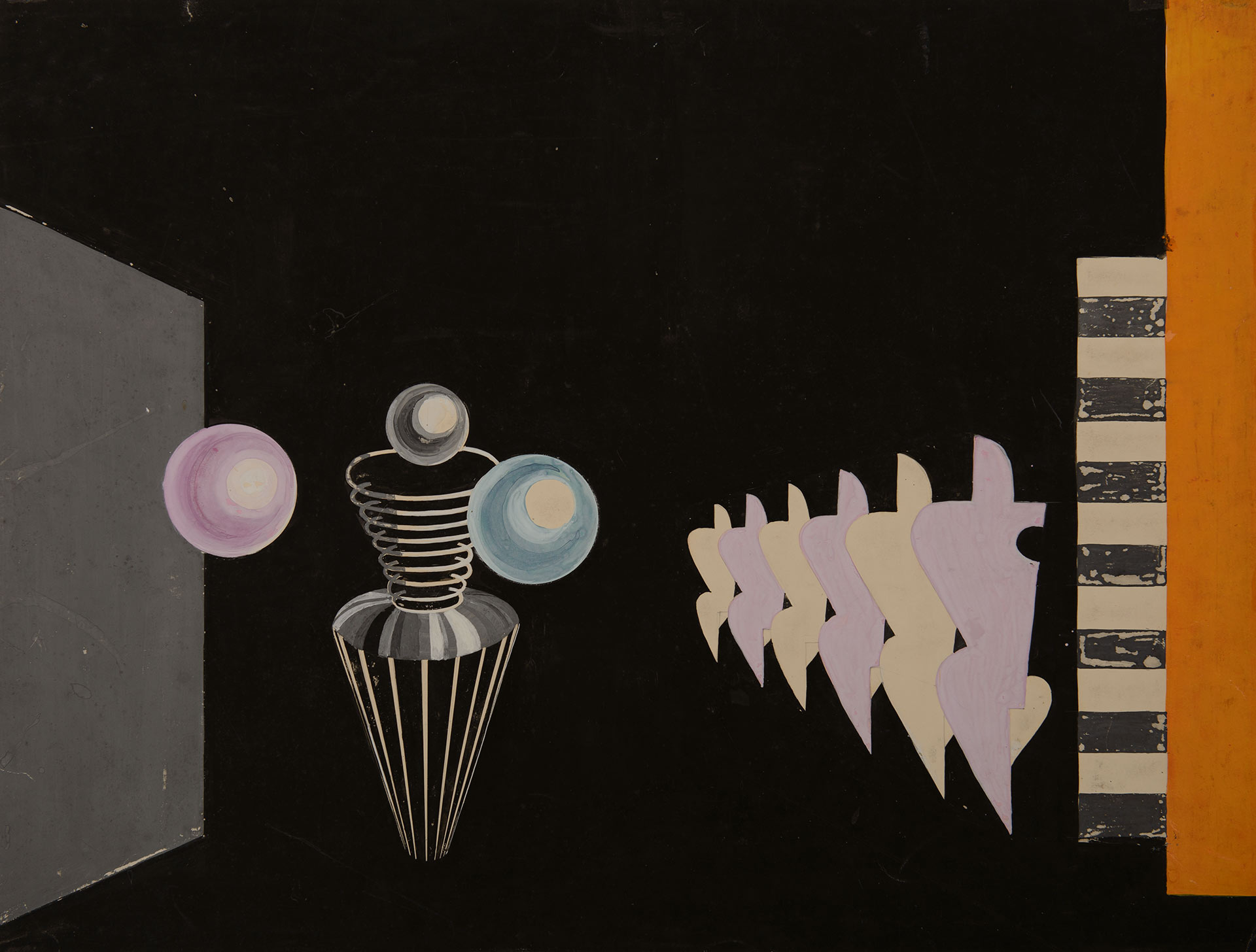Work, Leisure, Design, and Architecture
Gallery 203
No products of the 1920s have embedded themselves more firmly in our consciousness than the icons of design and architecture. Stylish living was essentially made possible by changes in the world of work. Arguably the most far-reaching transformation in people’s everyday lives came about through the introduction of the factory assembly line. Besides enabling mass production of consumer goods, it also reduced the working hours of manufacturing employees, leading to a burgeoning leisure industry. The ‘Bauhaus’ school, established in Weimar in 1919 and in Dessau in 1925, set out to build a better, democratic society starting with education and culture. In 1928, Josef Albers argued that the artist’s profession could fit seamlessly into society, observing: “Ours is an economically oriented age. […] Experimentation skips over study and a playful beginning develops courage. Thus we do not begin with a theoretical introduction: at the beginning there is only the material.” 1928 saw the inauguration of the Congrès Internationaux d’Architecture Moderne (CIAM, 1928–56) at Hélène de Mandrot’s château in the Vaud municipality of La Sarraz; at its first gatherings, participants such as Karl Moser (the first president), Le Corbusier, Walter Gropius, and Gerrit T. Rietveld proclaimed nothing less than a socially responsable architecture to represent the spirit of the age. This also fed through into design history and the seven types of seating presented here.


